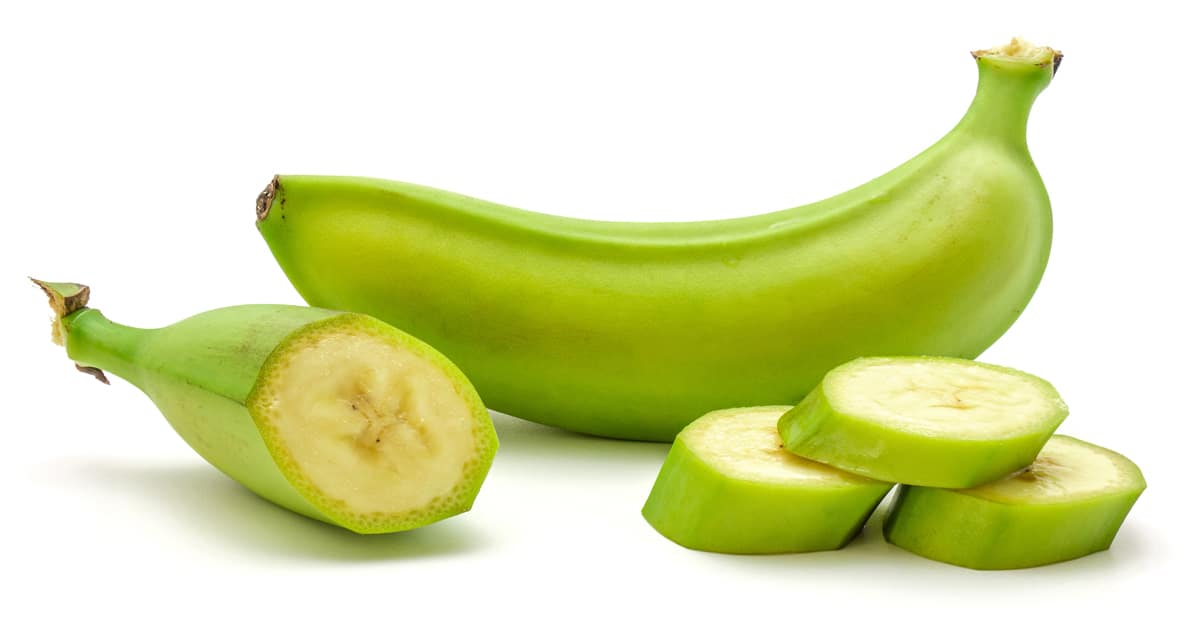The genetic material (genome) of the different species of microbes within one environment such as the intestinal tract, is known as the microbiome. Interest in the microbiome has grown over the years in part due to advances in technology that facilitate research, as well as the association of the microbial environment with health and disease.
The ability of the horse – or any herbivore, for that matter – to eat, digest and utilize plant-based materials is a result of a symbiotic relationship with billions of microbial organisms: bacteria, fungi, protozoa. Mammals are unable to break down the bonds of plant fibres to access their nutrients, particularly the polysaccharides cellulose and hemicellose. However, microbes can ferment fibres to produce compounds (volatile fatty acids/VFA or short chain fatty acids/SCFA, such as acetate, butyrate, propionate or lactate) that are useful to the host organism. These microbes also have the ability to ferment other types of more simple sugars.
The horse, as a “hindgut” fermenter, hosts the majority of its microbial ecosystem within its hindgut – the cecum and large colon – compared to a “foregut” fermenter such as a cow, with its fermentation vat located in its multi-chambered ruminant stomach. The microbial community is truly an ecosystem with diverse species benefitting each other by fermenting different types of carbohydrates and sharing nutrients, while producing energetic byproducts (VFAs account for up to 60-70% of the horse’s daily energy requirements) and the vitamins B-complex and K for the host animal. Disruptions to this ecosystem can be associated with disease.
The Intestinal Frontier
In humans, research into the microbiome of the intestinal tract is advancing rapidly. Research has shown, for example, that patients with inflammatory bowel disease have different microbial communities compared to healthy patients, although a distinctive pathogen is not known. Colicky babies have been shown to have different microbial populations compared to non-colicky babies. It is also believed that diet can affect the microbiome, which in turn can affect the host’s metabolism, potentially contributing to obesity or diabetes.
In horses, it is recognized that dietary components reaching the hindgut are fermented differently. Early work has been able to detect different ratios of the volatile fatty acids in cecal and colonic fluid, or blood, when horses have been placed on high-fibre types of diets, compared to those higher in starches and sugar.
Similarly, there is evidence that some forms of colic result from disturbances to the microbial ecosystem and its fermentative products. A sudden high intake of grain has been long associated with laminitis, and this is now attributed to the sudden impact of these sugars on hindgut bacteria. More recently, technology has allowed researchers to look beyond metabolite changes, and even beyond counting bacterial families using cultured techniques on petri dishes, wherein rDNA 16S sequencing allows researchers to profile the equine large intestinal microbiome and thus more easily track microbial population changes with diet or disease state.
One challenge to studying the microbiome within the horse is the ability to sample the location of interest. Cecal and colonic microbiome data can be generated from samples obtained post-mortem, or from horses with cannulas (tubes) placed in these regions. Fecal samples are far simpler to collect, but may not represent what is happening in the more proximal areas of the intestines.
DNA sequencing has shown that most of the bacteria within the horse’s hindgut are within the phylum Firmicutes, with other significant numbers in the phyla Bacteroidetes, Proteobacteria and fewer numbers of the phyla Fibrobacteres, Verrucomicrobia, Fusobacteria, Actinobacteria and Spirochaetes. In terms of function, there are a few species of bacteria (Ruminococcus and Fibrobacter) and fungi (Piromyces) that are considered primarily fibrolytic, in that they break down plant fibres (to mostly acetate). Streptococcus and Lactobacillus genus bacteria are considered amylolytic and ferment starches to lactate. Meanwhile the Veillonella and Megasphaera genera convert lactate to propionate and are considered lactate-utilizing bacteria. As both colic and laminitis may be attributed to a buildup of lactate in the hindgut, those that utilize lactate may be considered beneficial types of bacteria.
Diet Matters
One area of research in horses is to investigate the effect of dietary changes on the microbiome. A recent review by Drs. Veronique Julliand and Pauline Grimm presented at the Equine Science Society meeting in May highlights some of the work in this area. It was presented that horses on hay-based diets have greater richness and diversity of bacteria within the cecum and right ventral colon, compared to horses on concentrate-based diets. It is believed that richer diversity of bacteria creates resilience against disruption to the ecosystem. More specifically, horses on higher starch diets tend to have more Lactobacillus and Streptococcus, have higher rates of lactate production, and as a result, more lactate-utilizing bacteria. However, despite the increase in these lactate-utilizing bacteria, lactate concentrations are still higher, and pH is lower which can contribute to disease processes.
As indicated, research has shown that when horses are administered high amounts of starch, several of the Streptococcus species increase, coinciding with an increase in lactic acid concentrations and a decrease in intestinal pH. This change in acidity can kill off some species of bacteria, and disrupt the integrity of the intestinal lining, allowing for toxins to cross into the bloodstream. These toxins are believed to play a role in the cascade of events leading disruption of the laminellar vasculature that is associated with laminitis. Research aims to investigate the role of the lactate-utilizing bacteria in attenuating these increases in lactic acid.
Curing Disease?
Research has also been conducted to determine if there are differences in the microbiome between horses with acute colitis, or colic, compared with healthy horses. Work at the University of Guelph under the direction of Dr. Scott Weese found that the predominant phyla of healthy horses were the Firmicutes (68%), Bacteroidetes (14%) and Proteiobacteria (10%), while in horses with colitis, the major phyla was Bacteoidetes (40%), Firmicutes (30%) and Proteobacteira (18%). It was of interest to see shifts in the entire microbiome, rather than one or two bacterial species.
Work presented at the European Workshop on Equine Nutrition held in June 2016 also focused on the equine microbiome. One study reported a higher population of Streptococcaceae in horses that were obese, compared to their leaner counterparts. Another study reported that the fecal microbiome of horses with equine grass sickness had different composition and diversity compared non-affected co-grazers. One study examined the gastric ecosystem (which hosts its own microbial population) and the effect of alfalfa, to better understand the mechanism by which alfalfa is beneficial for horses with gastric ulcers. The authors found lower concentrations of amylolytic bacteria in the stomach contents of horses fed alfalfa, which might contribute to lower lactic acid production in the stomach, and a less acidic environment, which would be considered beneficial for horses at risk for ulcers.
Of course, the ultimate goal is to be able to modulate the microbiome to promote the health of the host animal. Probiotics or “direct-fed microbials” are live microorganisms that exert a positive effect to the host, while prebiotics are compounds that positively affect the composition and activity of the microbes. In humans, probiotics have been used to manage inflammatory bowel disease and irritable bowel syndrome. In horses, yeast products have been fed in effort to improve hindgut nutrient digestion, though results are mixed.
A recent study found that a yeast-algae mix prevented some of the negative microbial consequences of a high-starch diet. As with all equine supplements, regulations of ingredients is lacking, and a study conducted by Dr. Weese at Guelph found that only 27% of probiotic products tested met claims that were on the label. In humans, fecal microbiota transplantation (yes, sounds revolting, but that is a legitimate treatment involving transplanting healthy fecal matter into the bowel to inoculate the intestine with different microbes) was effective in treating C difficile-related disease. Similar equine FMT treatments have also shown some success.
The microbiome of the equine digestive is vast, diverse and critical to the health and well-being of the horse. It is an area of research that may be able to open doors into the prevention of colic and laminitis and provide opportunities to promote optimal health in our horses.
The Latest









